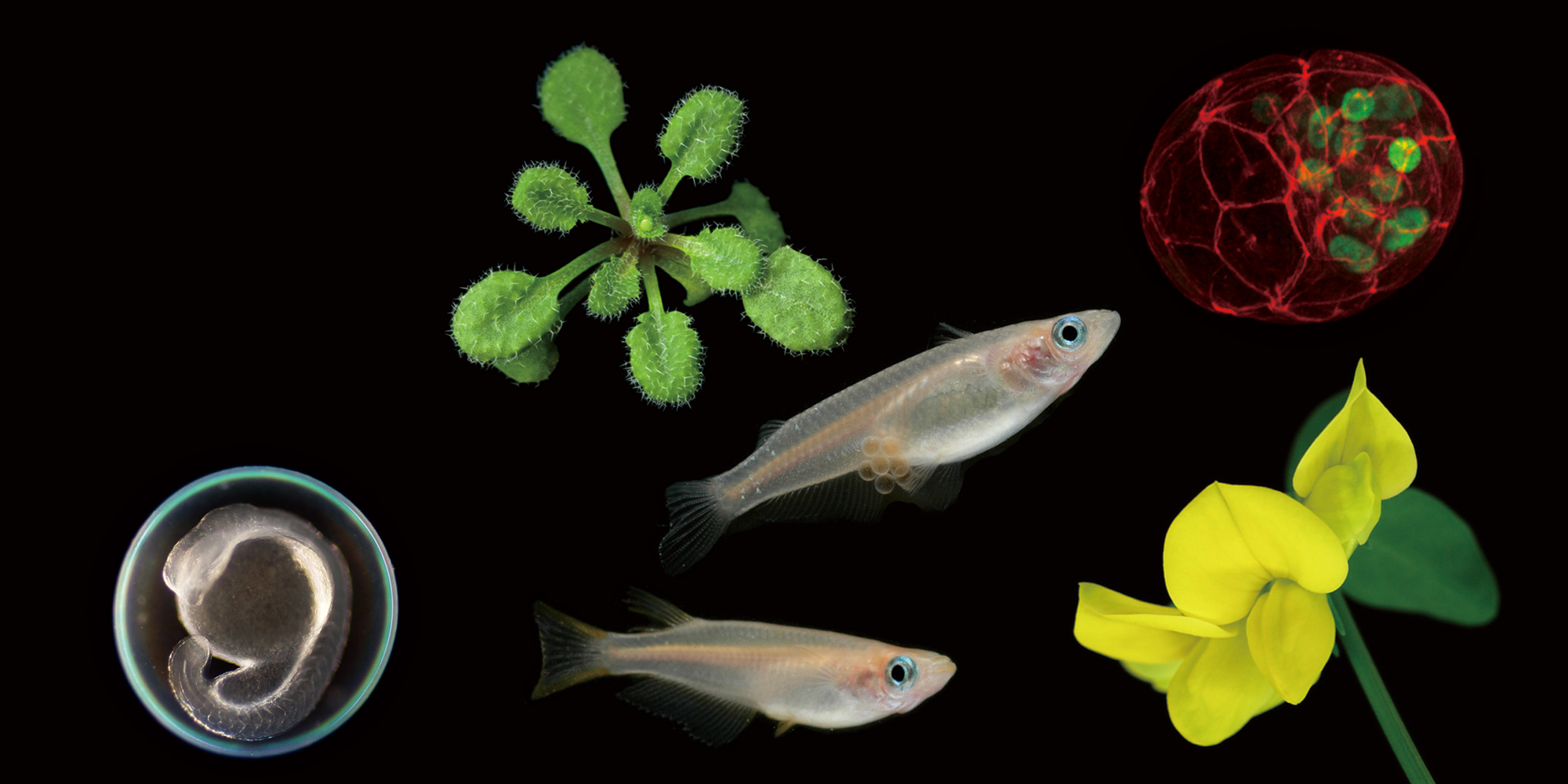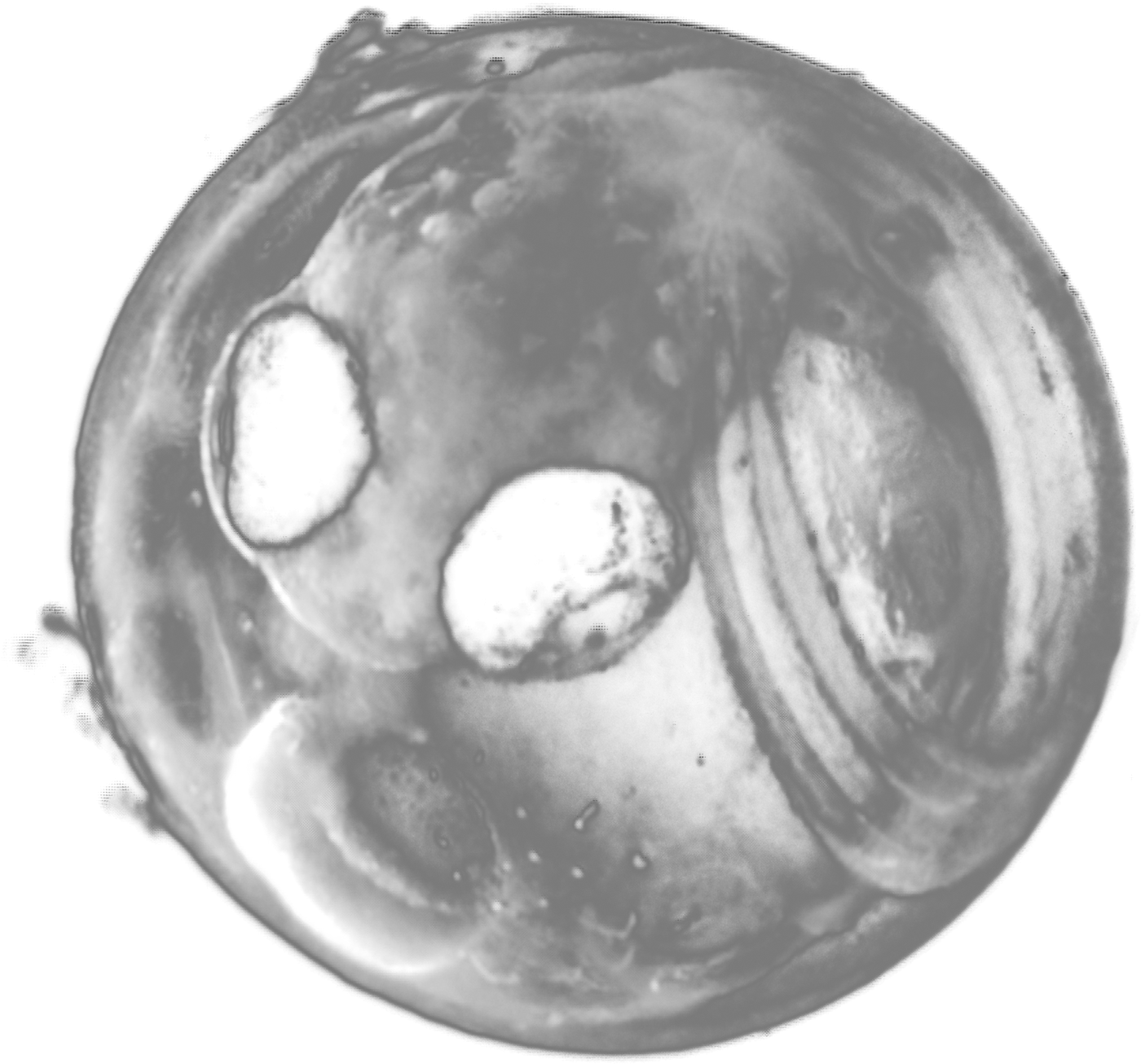2007.12.17 部門公開セミナー
Sexual disruption in roach living in UK rivers - causes, mechanisms and consequences
Dr. Anke Lange (University of Exeter, School of Biosciences)
2007年12月17日(月) 14:00 より 15:00 まで
山手地区3号館9階セミナー室A
分子環境生物学研究部門 井口 泰泉 内線5235
It is now well established that a variety of natural and man-made chemicals mimic hormones thus modulating endocrine systems. As result they cause disruption in sexual development and this may impact on reproduction in wildlife species. In fish, sex determination and sexual differentiation are controlled by a delicate balance of genetic and environmental factors, and any alteration created by other exogenous influences, including endocrine disrupting compounds (EDCs), can ultimately impact on sex assignment, even in gonochoristic (single sex) species. Oestrogens play key roles in sexual differentiation and gametogenesis, and exposure to oestrogen-mimicking chemicals during critical periods of differentiation can affect both sexual development and have consequences for their subsequent reproductive capabilities.
Extensive studies on wild roach (Rutilus rutilus), a common member of the carp family of fish, living in UK rivers downstream of sewage treatment works have shown a range of feminised responses, including elevated concentrations of blood vitellogenin (VTG, a biomarker for oestrogen exposure) in males and immature females, the presence of a female-like ovarian cavity in the testes of males and a high incidence of intersex where the gonad contains both male and female structural features. Controlled exposures of roach to sewage effluents have confirmed an association with the induction of VTG and duct disruption as seen in wild fish, but no ovotestes. The altered sexual development has been shown to impact negatively on reproductive capabilities of affected fish with the potential for population-level effects. It has been hypothesised that steroidal oestrogens, both natural and synthetic, which are both present in sewage effluents play a major role in the disruption of sexual function in wild roach, but this has not been proven for the induction of intersex. Of these oestrogens, the pharmaceutical 17a-ethinyloestradiol (EE2) is the most potent with high persistence and a tendency to bioconcentrate in organisms and has therefore the potential to disrupt reproductive processes in fish at relatively low concentrations as they are found in effluent and surface waters. However, the molecular events underlying these disruptions in gender assignment and the functional pathways affected are hardly established yet and this has been further complicated by the lack of genomic information for a non-model species such as the roach. Therefore, a molecular toolbox has been developed for the roach and included the cloning of a suite of genes involved with the control of reproduction (including for proteins effecting sexual differentiation, -maturation, steroidogenesis and development) and the establishment of a cDNA microarray consisting of 18500 ESTs representing almost 10000 unique genes of which 4950 could be identified and annotated.
In a recent study, roach were exposed from fertilisation to two years in age to environmental concentrations of EE2 (up to 4 ng/L) and sampled at key life stages during the process of gonad development to assess for sexual disruption. The exposure induced of a range of feminising effects on gonad histomorphology, VTG induction, transcription of key genes involved in oestrogen signalling and transcriptome and even resulted in sex reversal in males leading to an all-female population in fish exposed to 4 ng/L EE2.







